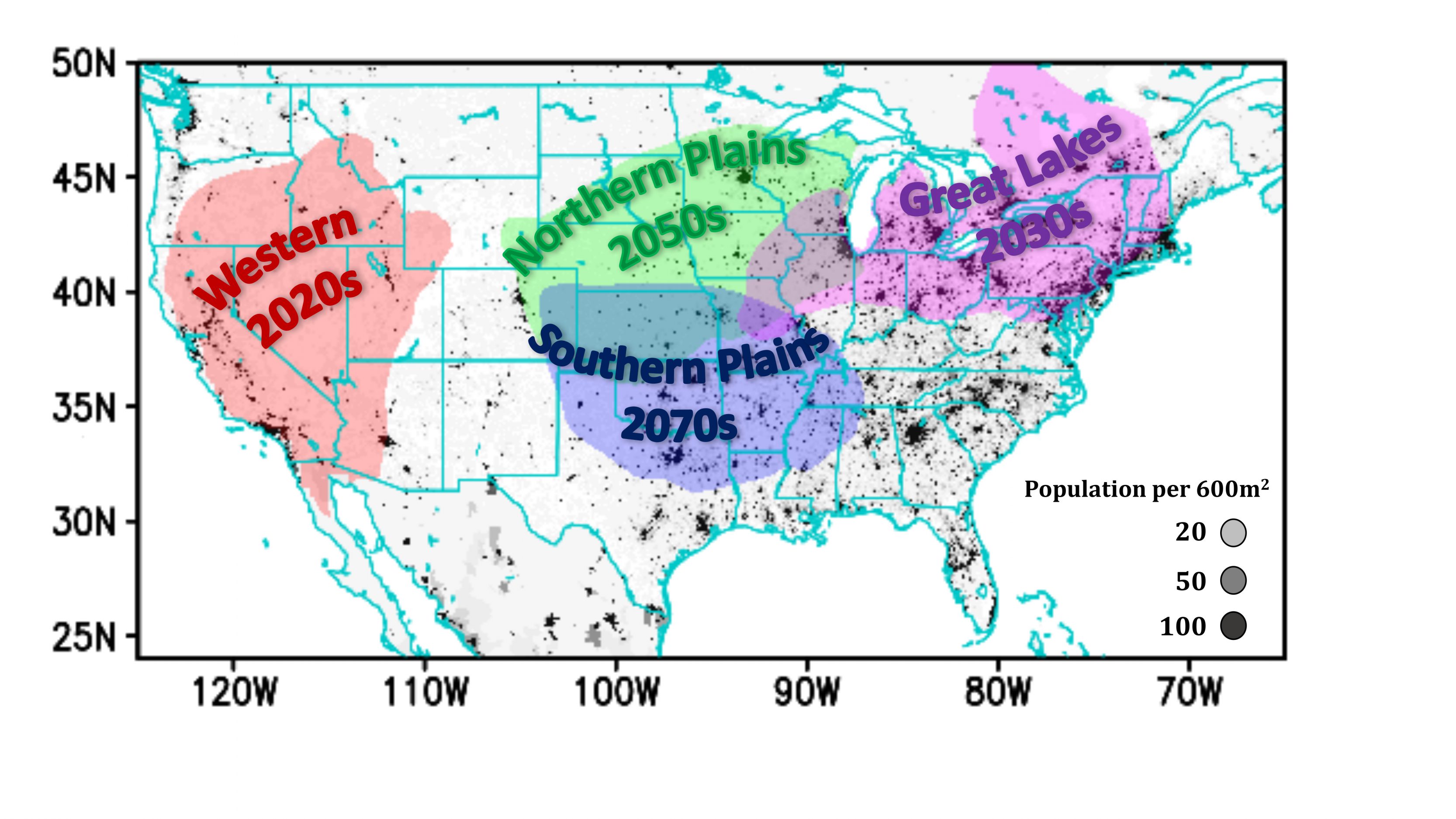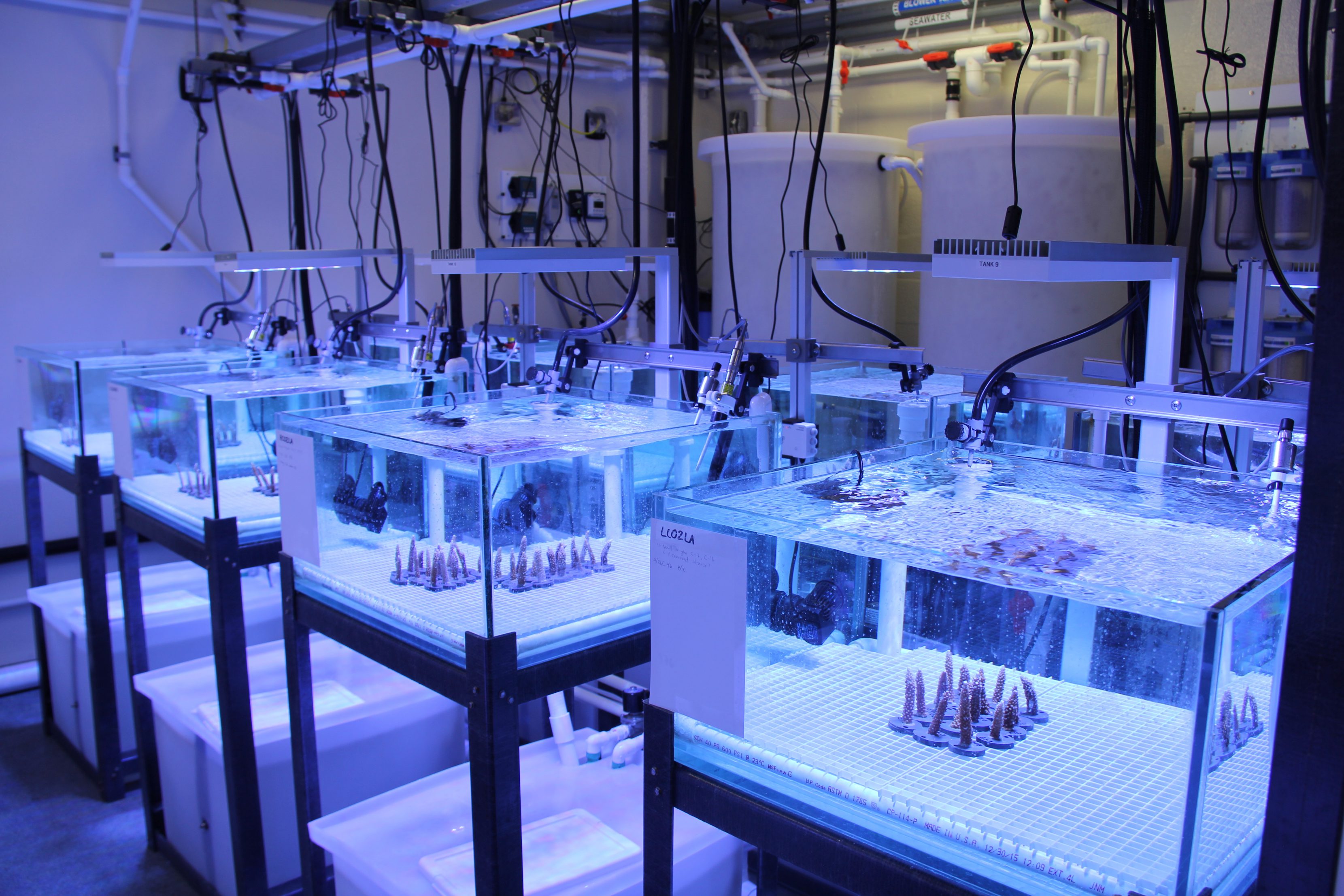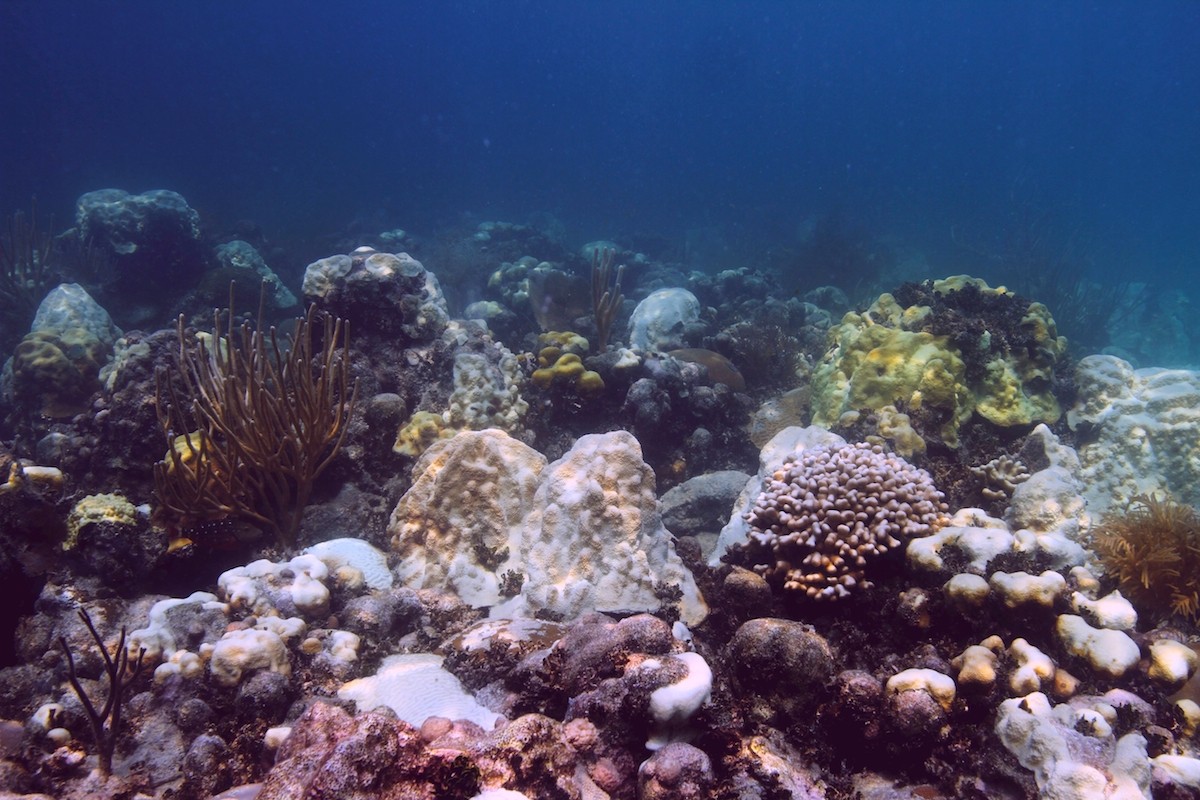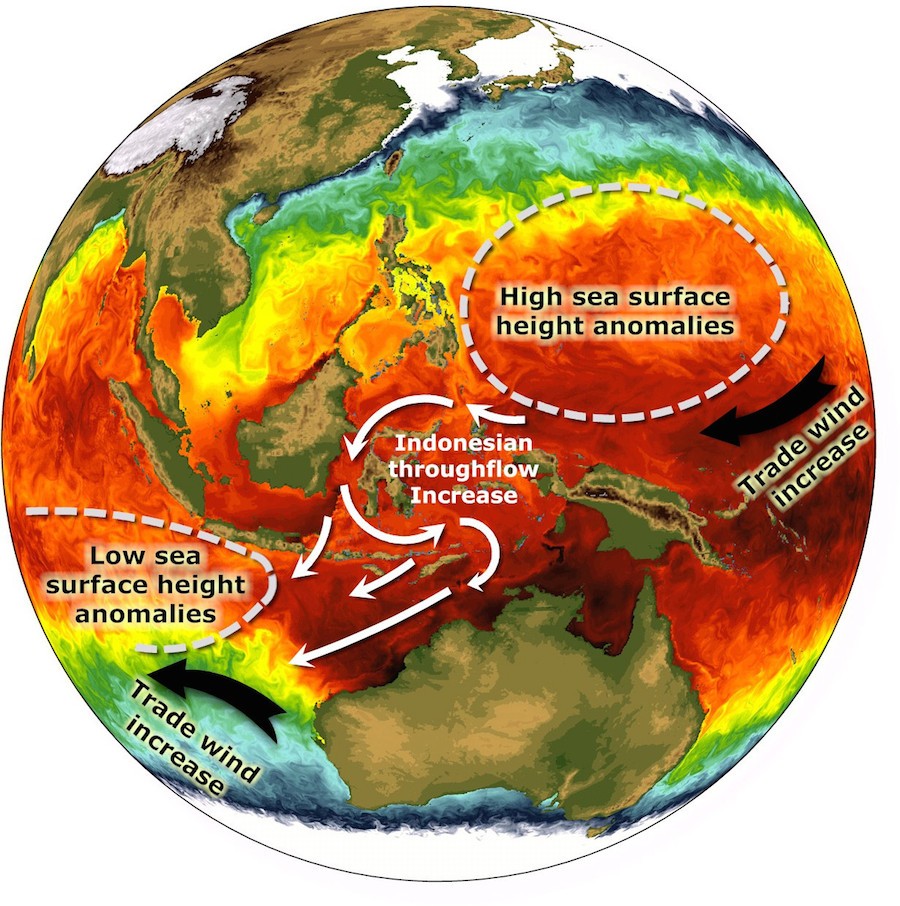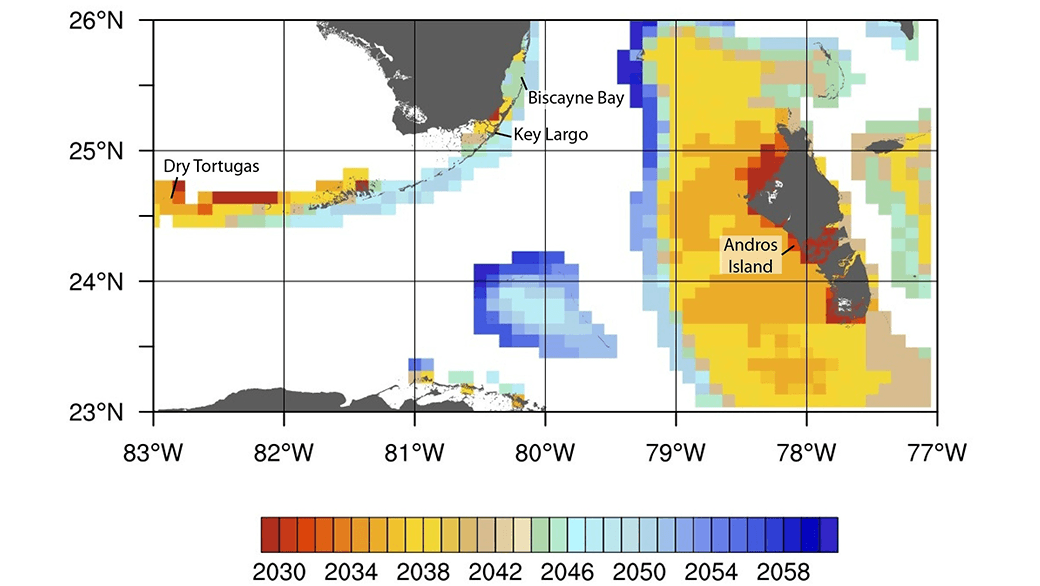Climate Change to Drive More Extreme Heat Waves in the United States
A new analysis of heat wave patterns appearing in Nature Climate Change focuses on four regions of the United States where human-caused climate change will ultimately overtake natural variability as the main driver of heat waves. Climate change will drive more frequent and extreme summer heat waves in the Western United States by late 2020’s, the Great Lakes region by mid 2030’s, and in the northern and southern Plains by 2050’s and 2070’s, respectively.
“These are the years that climate change outweighs natural variability as the cause of heat waves in these regions,” said Hosmay Lopez, a meteorologist at NOAA’s Atlantic Oceanographic Meteorological Laboratory and the University of Miami’s Rosenstiel School Cooperative Institute for Marine and Atmospheric Studies and lead author of the study. “Without human influence, half of the extreme heat waves projected to occur in the future wouldn’t happen.”
